Native Plants
What are Native Plants?
Native plants are those that occur within our area as the result of natural processes rather than human intervention. They are adapted to our local climate and thrive in our native soils. Native plants have deep root systems that filter pollutants, secure soil, and support pollinators and wildlife.
“Native plants originally occur within a region as the result of natural processes rather than human intervention…native plants have existed since prior to the time of wide-spread EuroAmerican settlement a little more than 200 years ago. While the activities of indigenous people did affect the region’s ecosystems, it wasn’t until the mid-1800s that large-scale habitat alteration and the introduction of non-native plants began to significantly change the natural landscape of the lower Midwest.
Native plant species in the lower Midwest have evolved here over millennia and are best adapted to the region’s climate and soil conditions. Even more importantly, native plants have co-evolved with native insect species and provide important food resources for thousands of species of invertebrates that in turn provide food for native birds and other animals.
Choosing native plants for developed and altered landscapes helps restore natural processes rather than compete with them. Increasingly, gardeners, farmers, planners, and other landscape professionals, landowners, and nature enthusiasts in the lower Midwest are choosing native plants. Native plants improve biodiversity and create more sustainable landscapes.
Choosing native plants beautifies yards and other spaces, supports nature’s web of life, manages stormwater, stores carbon, and improves soil health.”
Sales & Events
Benefits of Going Native
Low Maintenance
Do not require fertilizers and require minimal, if any, pesticides
Require less water than lawns and after a couple of years, often don’t require any watering at all!
Do not require mowing like a lawn
Benefits Wildlife
Provide shelter and food for wildlife
Native plant diversity supports native wildlife diversity
Address Natural Resource Concerns
Deeper root systems hold the soil in place to prevent erosion
Deeper root systems also increase the soil’s capacity to store water, reducing runoff and flooding
Reduce air pollution
Sequester and store carbon from the air
Increase biodiversity
Come in all colors, shapes, and sizes for blooms all season long
How to Choose Native Plants
Soil/Water
Soil texture is determined by the ratio of different sized mineral particles in your soil. Sand is the largest particle type, silt is the second largest, and clay is the smallest. Soil also contains organic matter. Different soils can hold moisture, air, and nutrients differently based on the combination of their particle sizes (or texture) and organic matter content.
Fun fact: loam is a soil type that is well-balanced between the three particle sizes and is known for being the most productive of the soil types because it holds water and nutrients well without being too saturated for crops or other plants to grow.
This NRCS soil texture calculator shows how soil type is determined using these particle ratios.
Unsure of your soil texture? Look it up on the NRCS Web Soil Survey
If you would like a more detailed assessment of your soil, you can purchase a soil test kit through MSU Extension at homesoiltest.msu.edu.
For soil moisture, you’ll want to have a basic idea of whether your soil is wet, mesic, or dry.
Wet soils (also known as hydric) are those typically found in a wetland or shoreline. Wet soils are usually saturated with water and can flood on occasion.
Mesic soils are in between wet and dry. They have a moderate amount of moisture throughout the year, but are well-drained and are not usually fully saturated with water.
Dry soils (also known as xeric) are very well-drained and hold little moisture at most times. In Barry County, these tend to be the sandiest of our soils.
You can have wet-mesic soils which are in-between wet and mesic, and also dry-mesic soils which are in between dry and mesic.
Sunlight
Finally, you will want to know whether your site is in full sun, partial shade, or full shade.
Full sun means an area receives 80% or more direct sunlight throughout the day.
Partial shade (or partial sun) means an area gets 30%-80% direct sunlight throughout the day. This would be like the edge of a woodlot or near some sparse shrubs.
Full shade means an area gets less than 30% direct sunlight throughout the day. This would be like an area right up next to a large building or under a dense forest canopy.
Native Plant Search Tool
Additional Resources
Barry Conservation District along with other local Conservation Districts hold Plant Sales in the Spring and/or Fall - Check out the BCD Store for current sales. Not sure what types of trees or plants would be suitable for your property? Request a site assessment below.
Local Native Plant Growers and Retailers
Hidden Savannah, Kalamazoo - hiddensavanna.com
WildType, Mason - wildtypeplants.com
Michigan Wildflower Farm, Portland - michiganwildflowerfarm.com
Pierce Cedar Creek Institute, Hastings - cedarcreekinstituteplants.com
Plaster Creek Stewards, Grand Rapids - calvin.edu/native-plant-sale
Native Plants and Waterways - Natural Shorelines
Michigan Natural Shoreline Partnership - shorelinepartnership.org

